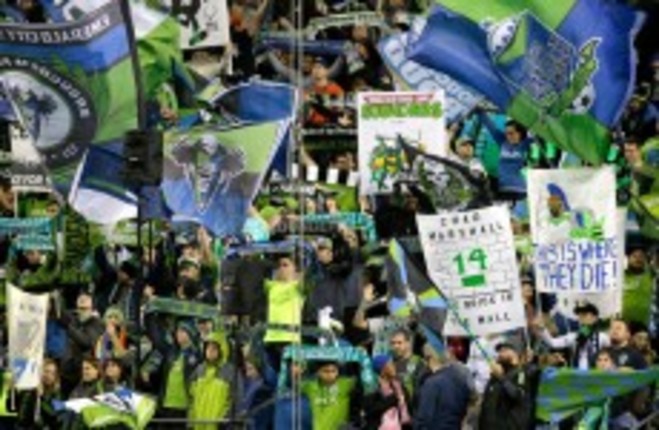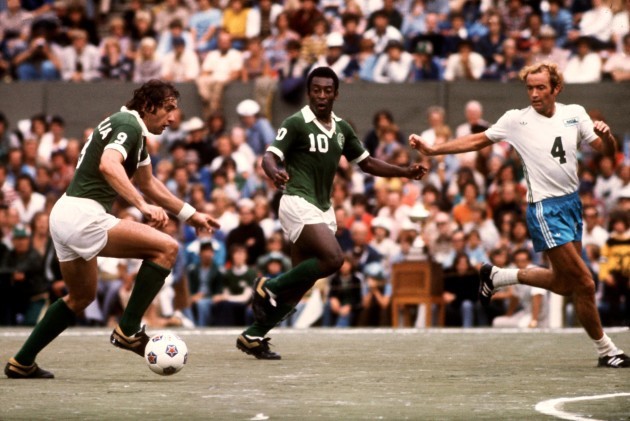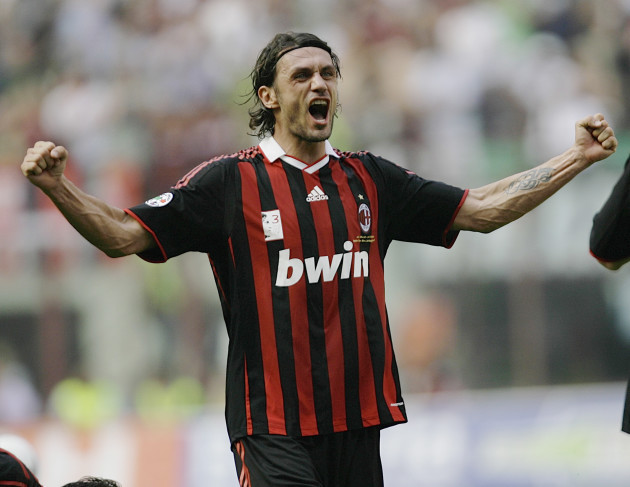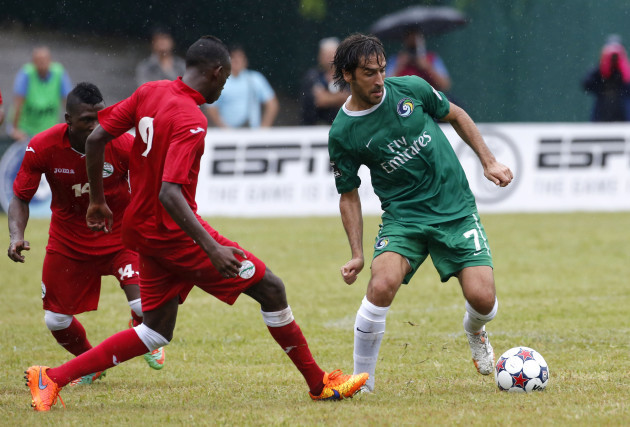WHEN DECLAN CONROY’S consultation report into the Airtricity League was released earlier this year, one of the four options recommended was to rip everything up and start again with a similar centralised structure and franchise model as deployed in North America.
We’ve heard those calls before, namely from Athlone Town, who asked for the First Division to be ‘consigned to history’.
“In our opinion, it would be better for the league to have no relegation even though many would feel it would lead to more dead rubber games with teams at the bottom of the league having little or nothing to play for”, the club stated back in July.
Looking at the bigger picture, the Club feels that in order to solve this problem we should look to leagues like Major League Soccer (MLS). What we suggest is to have all teams at the same level, but split the league into two conferences, in a manner that is identical to the current MLS format.”
Elsewhere, other economists like UCC’s Declan Jordan, have extolled the virtues of a radical change in system and the removal of promotion/relegation for a certain time period to protect against the regular financial difficulties experienced by clubs.
But it’s worth remembering that MLS is not the only professional football league in North America. And perhaps comparing the League of Ireland to a structure that boasts an average attendance of 21,574 is a little misguided.
Maybe, Irish domestic football should look elsewhere for inspiration.
The North American Soccer League (NASL) conjures romantic memories of Pele, Frank Beckenbauer and Giorgio Chinaglia dazzling for the New York Cosmos during the day and partying with the beautiful people at Studio 54 by night. But whereas the original league fizzled out in the cold and sobering days of the early 1980s, the latest incarnation (with no ties to what went before except for the name) has been going from strength to strength since a reboot in 2011.
The second tier of North American soccer, it’s detached from MLS and much more decentralised. While the top-tier controls player contracts, branding, operates a salary cap, a draft and plays a substantial role in the transfer of players as well as the luring of high-profile stars (the well-documented Designated Players like Steven Gerrard, Frank Lampard and the original of the species in David Beckham), NASL does none of those things.
And while it still operates a play-off system at the end of its league season, it also believes in the concept of promotion and relegation.
With an average attendance of just under 6,000 for the eleven teams involved (nine from the US and two from Canada), it seems a better comparison with the League of Ireland, especially when the franchises’ owners are ultimately responsible for the fortunes of their clubs.
MLS have the big city markets cornered but because of the geographical opportunities across the continent, there’s still plenty to go around. The New York Cosmos feature in the second-tier, as do teams from Minnesota, Atlanta, San Antonio, Tampa Bay plus the Canadian capital, Ottawa – where two Irish players are at the heart of their recent success. It’s a smaller environment but that means controlled and responsible fiscal management and the following of a number of basic principles.
It all sounds extremely simple but it’s proving very effective. Miami FC – owned by Paolo Maldini and businessman Riccardo Silva will play in the league from next year, as will Puerto Rico FC – the club owned by NBA star Carmelo Anthony.
With Spanish icon Raul having joined his former international team-mate Marcos Senna at the Cosmos last year, the NASL is beginning to attract the attention of high-profile names.
The progress made hasn’t been because of a major system change or a radical plan. But the league’s commissioner, Bill Peterson, does feel that direct comparisons can only get you so far. Ultimately, he feels each market can’t be judged the same. Though he feels strongly in favour of promotion/relegation and a decentralised league, maybe it could have benefits for the League of Ireland.
“Every country, in every situation, is different and unique and in the United States we support it (promotion/relegation) because we’re talking about 350 million people in the US alone plus another 50 million+ in Canada and the Caribbean too”, he told The42.
“In order to get all those communities into the system so that they all feel there’s a pathway to the top, then I believe we’re going to have to have promotion/relegation. But that doesn’t mean that’s the right model for Ireland.”
The centralised structure referenced in Conroy’s report would follow, in theory, a similar pyramid as MLS, with the day-to-day running of the clubs heavily influenced by the league.
Peterson believes it’s one of the strengths of the NASL that clubs are allowed their freedom.
“There are two different systems in the United States”, he says.
“One is MLS – a single-entity system and then there’s our league, which is structured like most of the leagues around the world where the owner is responsible for their own success.
They are responsible for his roster, stadium, marketing, revenue and the expense side. We like that model better. We think local owners know local communities better than anyone and that they should make the decisions they think are in the best interests of their club. And they’re the ones who are already involved in their communities. They’re the ones who have the relationships there. So they should be the ones who make the best decisions.
The other model has been in existence now for a long time but we think that for growing a league in a strong manner, our way is better.”
There are fundamental principles that NASL clubs follow and in a competitive local sports market, they are slowly making inroads by embracing what makes them unique. Where there’s usually a NFL, NBA, MLB or NHL team (sometimes all four) that draws the bulk of the attention, being smaller means being more accessible and visible within the community.
“We’re pretty decentralised so our teams have their own vision and execution of what those clubs are”, says Peterson.
“The league is a summation of all those different clubs. They really focus on being part of their community, they focus on playing great soccer and hopefully all the other bits and bobs around the sport come together for them. We keep it pretty simple. It’s play great soccer, be part of your community, be relevant in your community, provide a great stadium experience and the rest of the sport’s business will come to you.”
And if anyone from the FAI or the Airtricity League came calling, the NASL would gladly chat to them about the nuances of the league’s operational structure and the strategies instigated by the various franchises.
Not that Peterson is expecting anyone to be in touch.
“We’ll be willing to chat to anyone but the League of Ireland don’t need to talk to us. They understand our system – it’s the system played right around the world and I’m sure they’re very clear on that and understand it better than we do. I’m sure they understand the environment they’re in and what they think is best for building up a strong league.”




